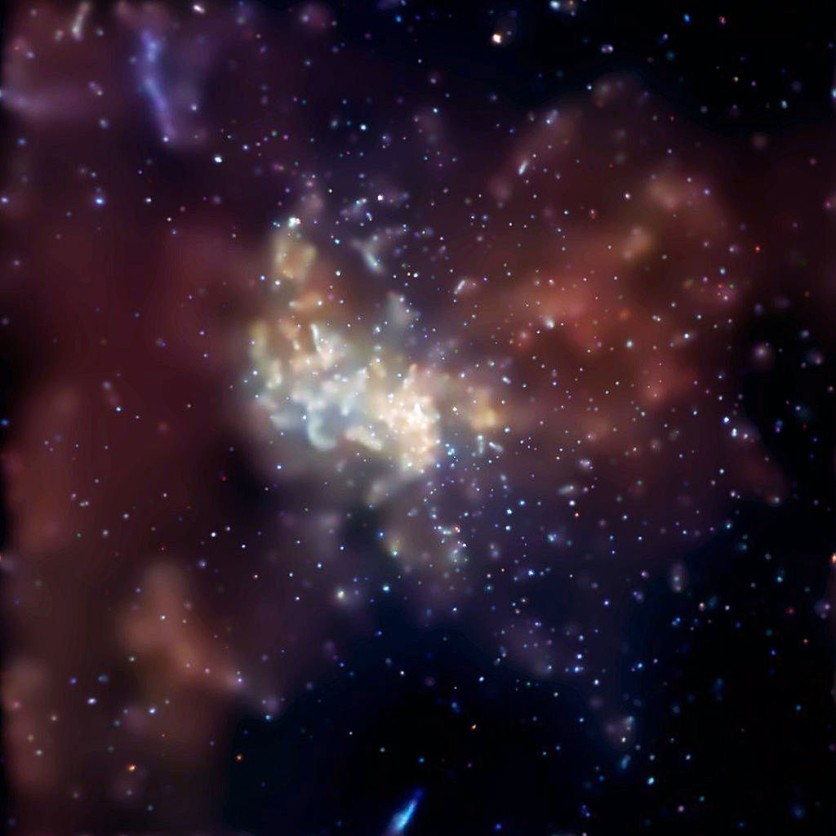In a celestial fusion of science and art, NASA's Chandra X-ray Center has embarked on a captivating collaboration that transforms telescope data into a cosmic symphony for the ears.
Since 2020, the "sonification" project has been translating digital data captured by NASA telescopes into musical notes and sounds, providing a unique auditory perspective on astronomical phenomena.
The recent phase of the sonification project ventures into uncharted territory, collaborating with composer Sophie Kastner to develop versions of the data that can be played by musicians. Unlike the traditional visual representation of astronomical data, this approach allows listeners to experience the intricacies of space through the sense of hearing.

Like a Fictional Story
Describing the project, Kastner likened it to crafting a fictional story grounded in real facts. She explained that they are taking the data from space that has been translated into sound and putting a new and human twist on it.
The current pilot program focuses on data from a specific region at the center of the Milky Way galaxy, where a supermassive black hole resides. Telescopes such as NASA's Chandra X-ray Observatory, Hubble Space Telescope, and the retired Spitzer Space Telescope have extensively studied this area, capturing data in X-ray, visible, and infrared light over the years.
Kimberly Arcand, Chandra visualization and emerging technology scientist, highlighted the significance of the project, stating that translating these data into sound was a big step, and now with Sophie, they are again trying something completely new for them.
The sonification process involves using algorithms to mathematically map digital data from telescopes into sounds perceptible to the human ear. However, human musicians bring a unique touch to the process.
Kastner, in her creative approach, focused on small sections of the image to make the data more playable for people, creating spotlights on overlooked aspects when the full sonification is played.
"I like to think of it as creating short vignettes of the data, and approaching it almost as if I was writing a film score for the image," said Kastner. "I wanted to draw listener's attention to smaller events in the greater data set."
Read Also : NASA'S Hubble and Chandra Xray Revives a Dead Star Back to its Original Form Before its Violent Explosion
Music Inspired by the Heavens
The outcome of this experimental project is a composition influenced by real data from NASA telescopes but imbued with a distinctly human touch.
Kimberly Arcand sees it as a novel way for humans to connect with the night sky, echoing a tradition throughout recorded history. She emphasized, "We are using different tools, but the concept of being inspired by the heavens to make art remains the same."
Looking forward, Kastner envisions expanding the pilot composition project to explore other objects in Chandra's data sonification collection. Additionally, she aims to involve more musical collaborators interested in incorporating the celestial data into their own compositions.
The cosmic playlist, forged from the depths of space, invites listeners to experience the universe through a symphony of sound.
Related Article : NASA's Chandra X-Ray Telescope Gives a Breathtaking Collection of Cosmic Bodies You Only See on Sci-Fi Movies





